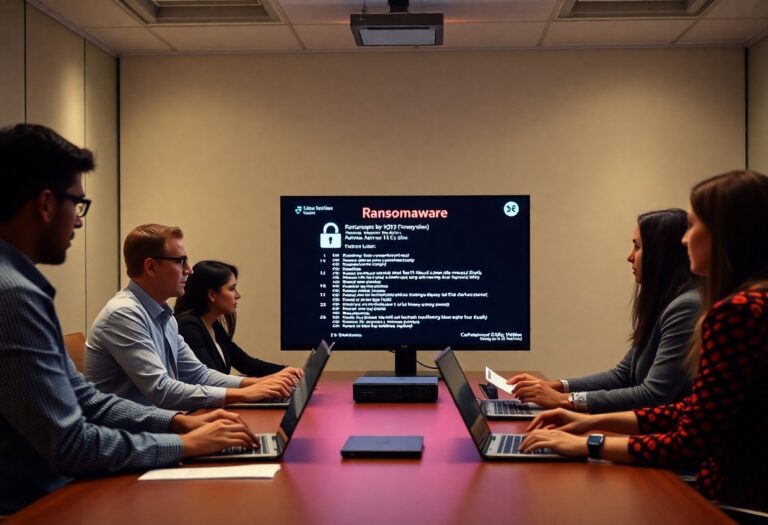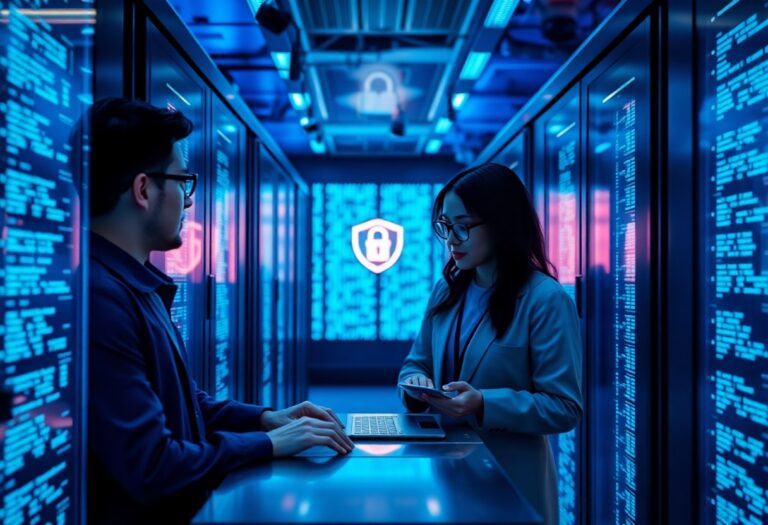“Convincingly Fake Faces and Voices: New Frontier of Digital Deception”
Deepfakes are fast becoming the most alarming trend in digital deception. According to recent data, Belgium witnessed a staggering 2,950% increase in deepfake-specific fraud cases from 2022 to 2023, while Canada recorded the lowest rise at 477%. Despite this explosive global growth, 1 in 4 C-suite executives—including CIOs—remain unaware of the threat posed by deepfakes.Deepfake Dilemma: To Trust or Not to Trust
It was a bright Monday morning in New York City. The streets bustled as professionals made their way to work. At a modest MSME (Micro, Small and Medium Enterprises), a team of employees was excitedly preparing to document their contributions to a high-value, AI-generated video project. The project, worth millions, had been awarded to them by a major corporation after strong advocacy from the latter’s C-suite.
Just after noon, the MSME project lead received an urgent voice message via WhatsApp, allegedly from Wren, the CISO of the client company. The message instructed them to share sensitive project data with a legitimate-looking email address and pause all documentation until a “pending verification” was completed. Trusting the familiar voice, the team leader complied—unaware that they were breaching the client’s data privacy terms.
Far from the chaos, Wren was on a beach vacation, unaware that a deepfake audio impersonation had just sabotaged the project. The incident caused indefinite delays and millions in financial losses for both companies. Initial digital forensics mistakenly pointed to Wren. It was only upon deeper investigation that the real culprit—a deepfake attack—was discovered.
What is a Deepfake?
Deepfakes are AI-generated videos, images, or audio that convincingly imitate real people—often without their knowledge or consent. By using deep learning techniques, such as Generative Adversarial Networks (GANs), these tools can replicate voices, facial expressions, and even writing styles with unnerving precision.
How Deepfakes Target CIOs
CIOs are increasingly becoming targets as AI systems evolve to clone human characteristics. Malicious actors create content that falsely portrays CIOs, leading to reputational damage, data breaches, and financial fraud.
Types of Deepfakes
- Video Deepfakes: AI swaps faces in videos, making fake footage appear authentic.
- Audio Deepfakes: Synthetic voices mimic real people to deceive and manipulate.
- Text Deepfakes: AI-generated text replicates someone’s writing style—commonly used in Business Email Compromise (BEC) scams.
- Live Deepfakes: Real-time video manipulation to impersonate individuals during live calls or conferences.
Ethical and Operational Risks for CIOs
- Misinformation Campaigns: Spreading false narratives to influence opinions.
- Identity Theft: Impersonating leaders for illicit gains.
- Financial Manipulation: Authorizing fake transactions via voice cloning.
- Privacy Invasion: Misusing data to inflict reputational damage.
How to Detect Deepfakes
As detection becomes more difficult, here are key indicators:
- Unnatural Facial Expressions: Inconsistent eye movements and blinking.
- Visual Glitches: Discrepancies in lighting, shadows, or reflections.
- Audio Anomalies: Robotic or awkward intonations in voice.
- Metadata Analysis: Signs of tampering in digital file information.
Defensive Measures for CIOs
- AI-Based Detection Tools: Use tools like Microsoft Video Authenticator, Deepware Scanner, and Intel FakeCatcher for proactive monitoring.
- Biometric and Multi-Factor Authentication (MFA): Strengthen access controls to mitigate identity fraud.
- Digital Watermarking: Embed undetectable marks to validate content authenticity.
- Employee Training: Equip teams with the knowledge to identify and report potential deepfakes.
Building an Organizational Deepfake Defence Framework
- Risk Assessment & Governance: Identify vulnerabilities and create robust governance policies.
- AI-Powered Detection Systems: Implement real-time monitoring tools.
- Identity Protection Protocols: Enhance verification processes.
- Training Programs: Raise awareness among executives and employees.
- Incident Response Plans: Establish clear protocols for swift action and legal recourse.
Conclusion
Deepfake threats are evolving rapidly—and so must the defense strategies. CIOs need to lead a multi-layered defense approach, integrating AI detection technologies, strong authentication systems, employee education, and legal frameworks. Only then can organizations stay a step ahead in this new era of deception.








